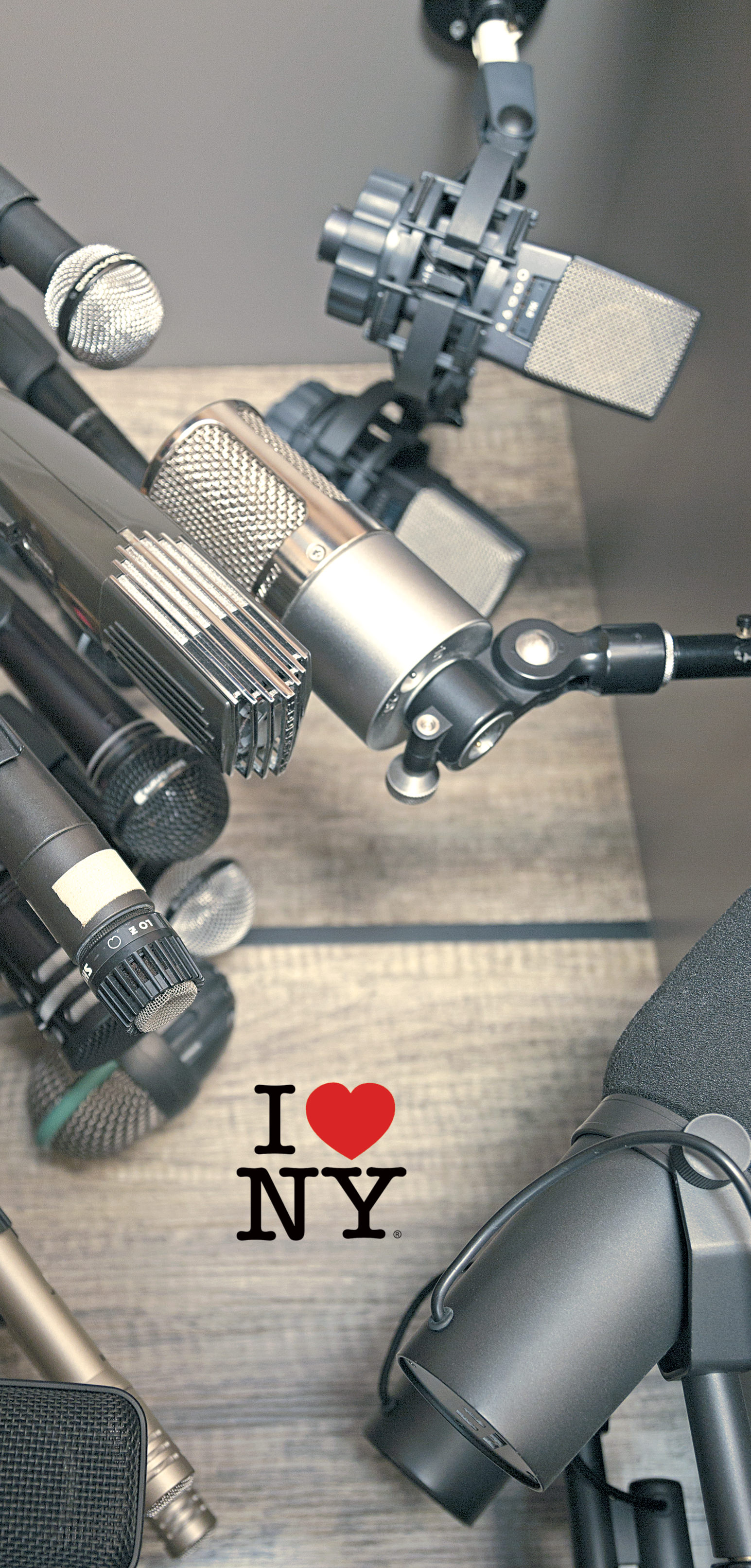I use in-ear monitors (IEMs) to really dig down deep into the details of mixes I’m tweaking – most especially vocals. You can clearly hear weird breaths, overly loud esses, plosives on “b” and “p” sounds, plus other tasks like reviewing reverb tails, overall spaciousness, digital ticks, and so on. Of course, you can hear those things on regular monitors, but there is just something effortlessly more revealing from a good set of IEMs: They’re like an audio microscope. Besides, as listeners increasingly experience music on earbuds, I believe that getting a sense of what you’re doing in that realm is essential.
But alas, the pair of IEMs I used for a few years started to become uncomfortable after just a few hours of wearing. Even though they were custom made from molds of my own ear canals, they just felt bad – really congested. Air would get trapped between them and my eardrums the instant I inserted them, creating a bubble of discomfort. After a few hours of use I would almost always get a headache.
I visited a recent NAMM Show so I could try out many different IEMs. My goal was to find the most comfortable, neutral sounding pair available. There were dozens of different makers displaying their wares, and you could try and compare them all! The notable bonus of manufacturers competing at a trade show is that they all offered special discounts and, even better, many had audiologists on site to create custom molds of your ears right then and there – no charge!
All IEMs have some remarkable attributes in common: they isolate you from external sound, so they let you hear more at lower volumes, thus details are easily discerned; plus they are lightweight and don’t cover your ears. For live performers, they are a total must have – I wish I had a pair back when I was a singer. I would have performed better, and I would not have tinnitus. Now, as a studio guy, being able to shut out external sounds while hearing details with crystal clarity at low volume is totally delightful. Suffice it to say, there were plenty of decent sounding IEMs at NAMM, but to me one maker stood out from the crowd: 64 Audio. Once I happened upon them, I kept coming back to their booth again and again to A/B against their competitor’s IEMs. 64 Audio won every contest!
Comfort: 64 Audio has a few special technologies of their own, and one practically called out my name: Apex (Air Pressure Exchange). It’s a pneumatically interactive vent that releases air pressure from the sealed ear canal. More than just a vent in the shell, there are two available Apex insertion modules to control the levels of external sound that can get into your ears while allowing the trapped air out (-15 and -20 dB). These components also positively affect the sound, like they slightly tune the low end. The overall effect is a unique equalization of pressure, as well as frequency. I have yet to see another IEM company with such a solution.
Sound: Inside almost all IEMs are multiple balanced armature (BA) drivers that cover a range of frequencies, via crossovers, to move a diaphragm. There are tiny tubes and dampeners that route and shape the audio, affecting the overall sound. 64 Audio’s approach, called Tia (Tubeless In-ear Audio), makes voicing optimal by efficiently cleaning up that pathway with open BA’s, short sound paths, and a large bore. The BA driver’s sound is further enhanced by acoustic chambers specifically tuned to the drivers themselves. It’s crazy to think of all of this tech fitting into the entrance of your ear!
The full range of 64 Audio’s IEMs are divided into Universal or Custom fits. Much like earbuds, the Universal fits come with a few sets of tips of differing sizes and materials. But for me, the Custom fit IEMs were the way to go. To get that fantastic seal, you need a solution made explicitly for your own physical ear canals. Having tried the Universal fit models and comparing them to what I eventually ended up with, I can say that the perfect seal of the Custom fits creates a truly well-defined low end. The roundness of a kick, the pressure wave of a sub, the low ring of toms – they’re on full display in all their glory. 64 Audio names their fitting system 3DFit, which is a big step up from simply dipping a mold into wax. Impressions are digitally scanned, then 3D printed. 64 Audio keeps your digitized impressions on file, so ordering another pair is simple work.
All of their models sounded good to me, but some definitely were more dialed to my hearing. After repeated blind testing, I went with the A12t. They have 12 drivers; each one covering a little slice of the frequency range, so there’s plenty of headroom. The sound across the spectrum (frequency response spec’d at 10 Hz to 20 kHz) is spacious, smooth, and not strident. When a mix is right, I can hear every single detail with the A12t, and all sounds are three-dimensional to my ears. There are elements in songs that I’ve heard all of my life that I was totally unaware of until I tried these IEMs.
Though I don’t think I can confidently mix on anything other than free-standing monitors, I’ll never want to do another without the A12t! Of course, all this tech doesn’t come cheap, but I believe that you get what you pay for, and they look nifty too – lots of beautiful design options to choose from. The IEMs are kitted out with a fitted case, including the two aforementioned Apex modules, two detachable cables, a shirt clip, dehumidifier, and cleaning tool. Check 64 Audio’s web site for options and build time.




_disp_horizontal_bw.jpg)